1 ...8 9 10 12 13 14 ...28 The following epitaph, intended for a monument to him to be erected in the church, but never used, was written by his brother:
He was of strict Integrity
Universal benevolence
And a fast Friend
All the general Virtues shone conspicuously in him
Save Ever easy & cheerful in himself
Like Light he reflected
Joy, Pleasure & Happiness on all around him
He was a Grace to his Fortune
An Honor to his Country
True to his King and his God
Beloved while living-Lamented now Dead. 100
Richard’s heir, Parson, was five years younger than him and conspicuously lacked his charm and joie de vivre . His portrait by Sir George Chalmers, which hangs to the left of the bed in the Red Room, shows him seated in a heavy wooden chair, dressed in powdered wig, black gown and bands. In his hands he holds a Sermon, the text of which is ‘Without Charity all is unavailing towards Salvation. Charity is the Chief Benefit of the Suffering and Death of Jesus Christ.’ He is thin and slightly bent, and though there is something of an expression of kindness and benevolence in his eyes, his demeanour is a solemn one. This may have something to do with the fact that of his six children, only one survived beyond the age of twenty-one.
Relatively little is known about the life of Parson Sykes. He was educated at Cambridge, where he became a fellow of Peterhouse College, and it was while he resided there that he met and fell in love with Decima Woodham, the daughter of a Cambridgeshire surgeon, Twyford Woodham of Ely. She was said to have been ‘remarkable both for beauty and cleverness’. 1 Her portrait, painted when she was in middle age, hangs on the other side of the bed in the Red Room, and inspired my Grandfather to describe her as ‘gorgeous in white satin, lace and diamond buttons – very handsome and commanding looking’. 2 They were married in 1735, on which occasion Parson’s uncle, Mark Kirkby, presented him with the Living of Roos, near Hull, thus setting him up for life in the style to which second sons of the Gentry were accustomed. They moved into the Rectory, an imposing red brick house, where their first child Polly was born in 1739, followed two years later by a son, Mark. A second boy, Richard was born in 1742, but died in infancy, while a third, also Richard, born in 1743, survived. After the death of their fourth son, Joseph, who was born in 1744, there was a gap of five years before the birth of their sixth and final child, Christopher, on 23 May, 1749.
Mark, the eldest son and heir, seems to have shown some promise at an early age, if one can believe the rather gushing words of the Rector of the nearby Parish of Patrington, Mr Nicols, who wrote to Parson in 1748, ‘I can hardly say which gave me most pleasure, whether to see the first Essays & Blossoms of a fine Genius in Master Mark’s letter, or the Rich Fruit & perfection of one in your Composition.’ 3 A year later Mark was writing to his father in a manner which suggests a precociously polite little boy. ‘Honored Sir, My Mama & I received an unspeakable pleasure at hearing that you was very well,’ 4 he wrote, the large scrawling handwriting of a boy of eight contrasting curiously with the quaint formality of expression. It is reassuring to learn that he was not all good. The year 1754 found Uncle Richard writing to Mark’s sister, Polly, ‘Your Brother doubtless has transgressed in a very high degree having forgott his duty to his Creator, Father, Mother and his other relations.’ Whatever the temptation was that he had succumbed to at the age of twelve remains a mystery, though it was serious enough for his uncle to state, somewhat dramatically, ‘the End I am afraid must be endless ruin and destruction of both Body and Soul’. 5
There is a painting of Mark which hangs in the Red Room, next to that of his mother. He is wearing a beautiful red velvet suit with a richly embroidered matching waistcoat and lace jabot. His hand is resting on a globe. He has youthful good looks and a faint smirk playing across his face. ‘Look how fortune has smiled upon me’, he seems to be saying. Perhaps he was planning his Grand Tour, or which of the great universities he was going to attend. The label on the painting tells the sad truth; Mark Sykes 1741–1760. He died aged nineteen, the same year as his sister, two years before his younger brother, Richard.
Only two children survived to witness the move to Sledmere, which Parson inherited on the death of his brother, and which then consisted of an estate of just over five thousand acres. They moved in at the end of the summer. ‘I am curious to know how you pass your time in Sledmire,’ wrote his son-in-law, John de Ponthieu, on 10 September. ‘Pray do you delight in Gardning – how are your Trees, do they get the better of your Cold Climate, have you pine Apples in perfection? I should think in so private a place as Sledmire Gardning would be a very great amusement, especially as you cannot hunt – I intend you a parcel of Shrubs this Autumn. I desire you would order a spot to be dug up in your garden for them, as much sheltered as possible otherwise they might die.’ 6
Reading through the considerable volume of Parson’s correspondence written after he moved from Roos, gardening appears to have been the last thing on his mind. Scarcely was he settled than his son Richard fell ill. ‘I am very sorry for the account you give me of poor Cozen Dicky,’ wrote his banker and cousin by marriage, Joseph Denison, in November 1762. ‘I am very sensible of the affliction you must be under as a Parent, having felt it myself, when I lost both my boys in the same year. I have never heard of his being so ill before.’ 7 The following April he was sending his condolences ‘on your late severe loss, which has given both me and my Wife much sorrow’. 8 There were frequent attacks of the gout, rendering him often bedridden, as well as keeping Dr Chambers as busy as he had been with Sledmere’s previous incumbent. Much of Parson’s time was taken up with clerical business and his high standing was reflected in the fact that on three occasions he was chosen to represent the Clergy of the East Riding in Convocation. That he had a high opinion of himself in this field is shown by the fact that when one local clergyman, the Rector of Hunmanby, wrote him a letter saying that he was considering standing himself, Parson scrawled across the letter ‘the man must have been drunk when he wrote it’. 9
His primary interest however was making money, in particular by investment in mortgages and speculation in government bonds. He was described by one contemporary, John Courtney, a wealthy young financier, as ‘an artful cunning fellow, ready to take all advantages where he can’. 10 Numerous letters he wrote to his London banker, Joseph Denison, testify to his love of speculating. Denison, who had also looked after his brother’s affairs, was an extraordinary figure, a former Leeds bank clerk who moved to London and prospered to such a degree that he came to own his own bank. He married Sarah Sykes as his first wife, who was a distant cousin of Parson’s. Celebrated for his spectacular meanness as he clawed his way to riches, he left great fortunes to his children, principally to his son, William Joseph Denison, who became one of Yorkshire’s biggest landowners and left a fortune of £2,300,000 in 1849, but also to his daughters, one of whom, Elizabeth, married the Marquis Conyngham, and became notorious as the mistress of George IV. ‘I wish most heartily I had now your £10,000 by me,’ began a typical letter from Denison to Parson, written in November, 1762. ‘I would lay it out this very day, & I am very confident I could clear you 10 p.ct in a few months … but it must be done immediately … you may Judge what an immense profit will be and is made.’ The letter concluded with a hint of his tightfistedness, conveniently blamed on his client. ‘I was once going to send this by Express, but I did not know if it might be agreeable to you, or whether you would think the expense too much.’ 11 Parson celebrated the profits from one deal early in their partnership by paying £1,000 for a single diamond, equivalent to approximately £50,000 in today’s terms, which he made into a ring which graced his finger for ever after. 12
Читать дальше
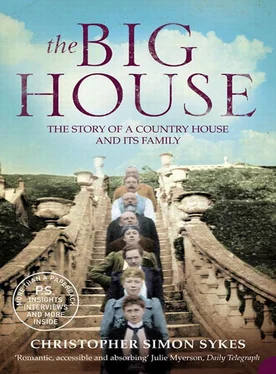
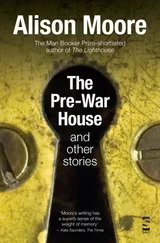

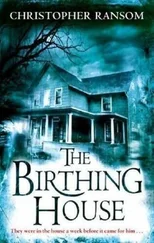

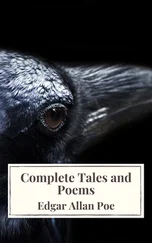

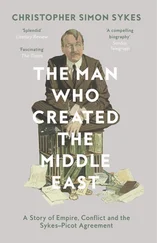
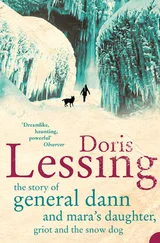
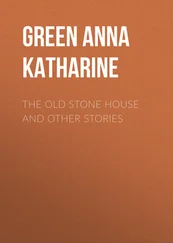


![Edward Ellis - Adrift on the Pacific - A Boys [sic] Story of the Sea and its Perils](/books/753342/edward-ellis-adrift-on-the-pacific-a-boys-sic-s-thumb.webp)